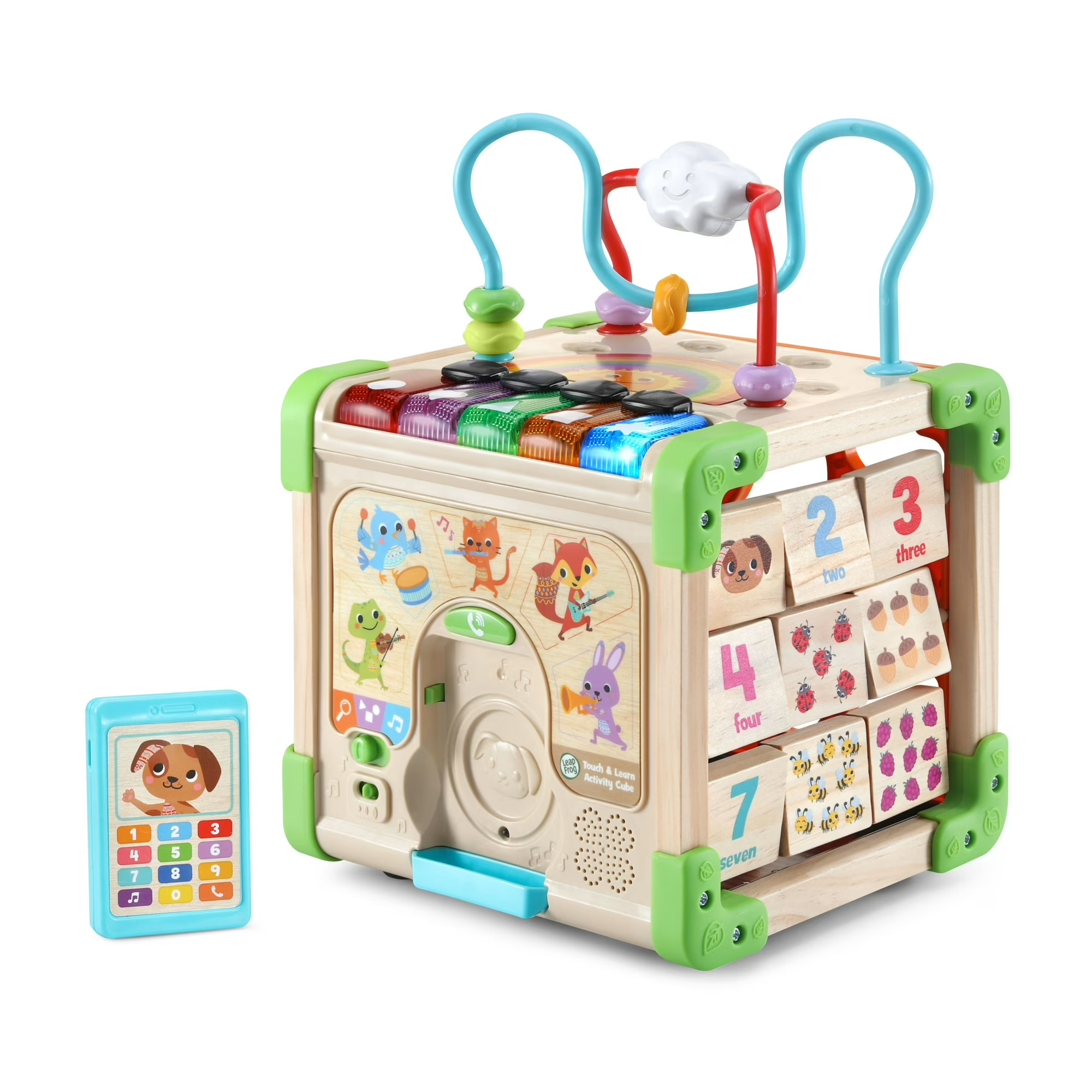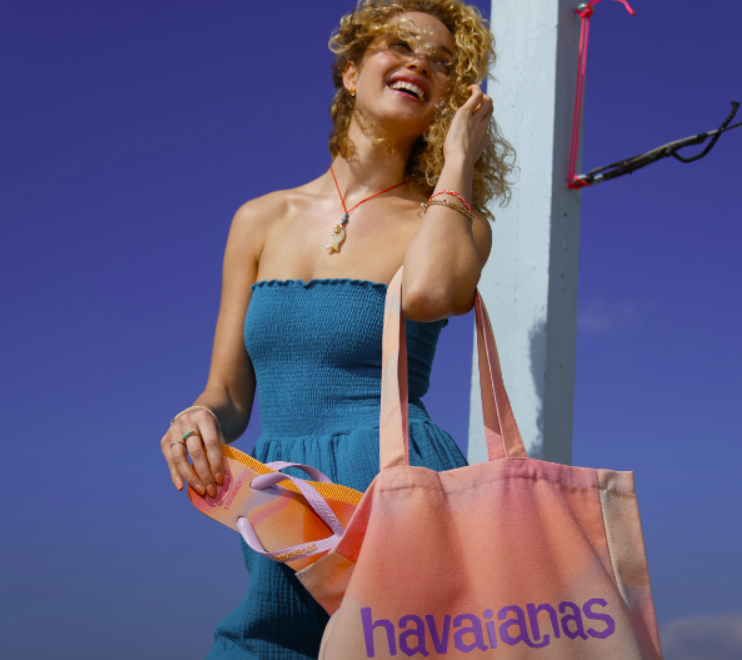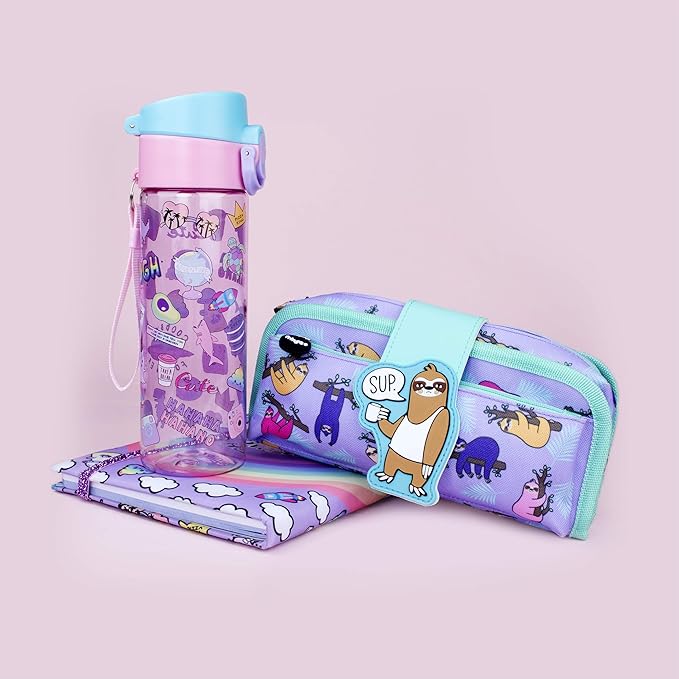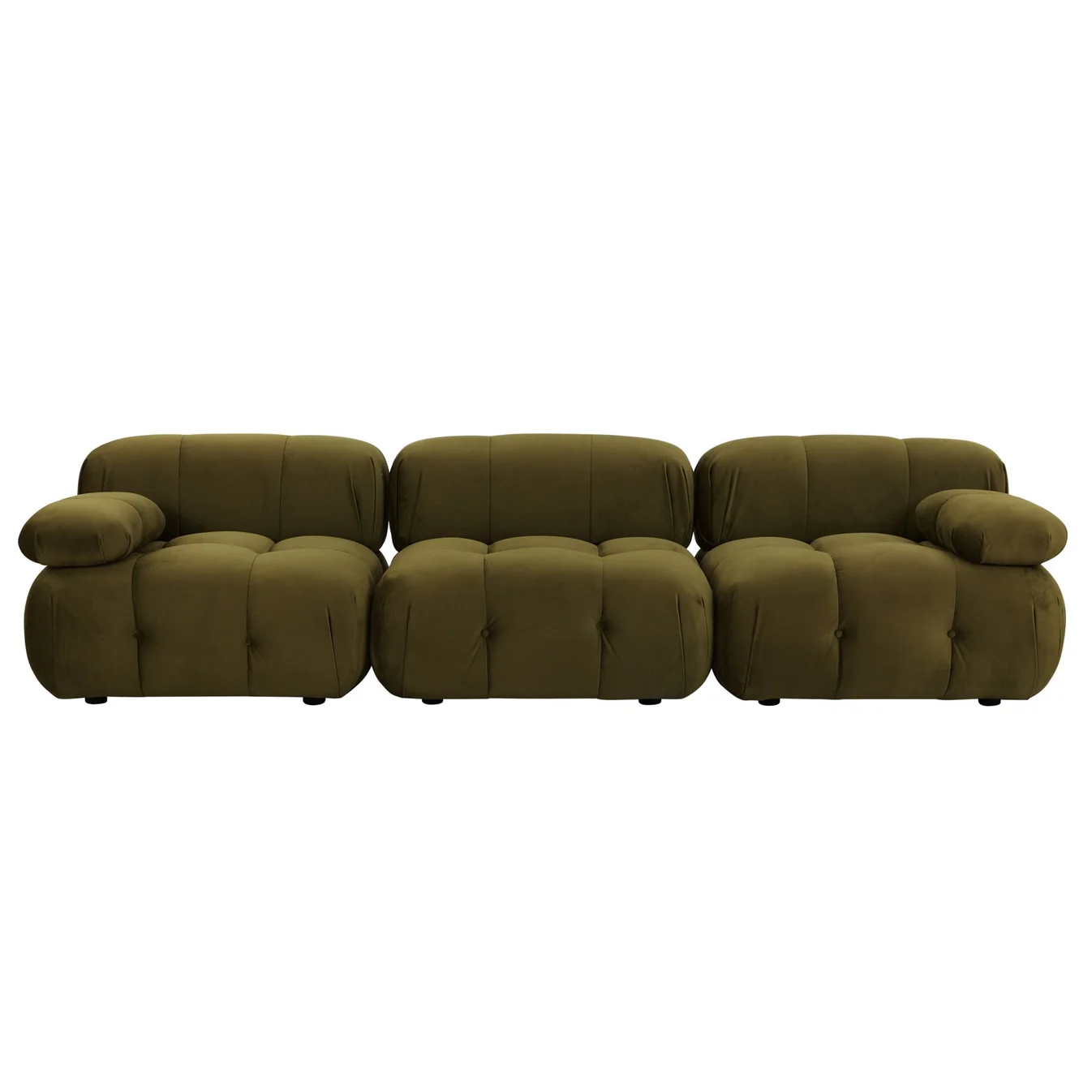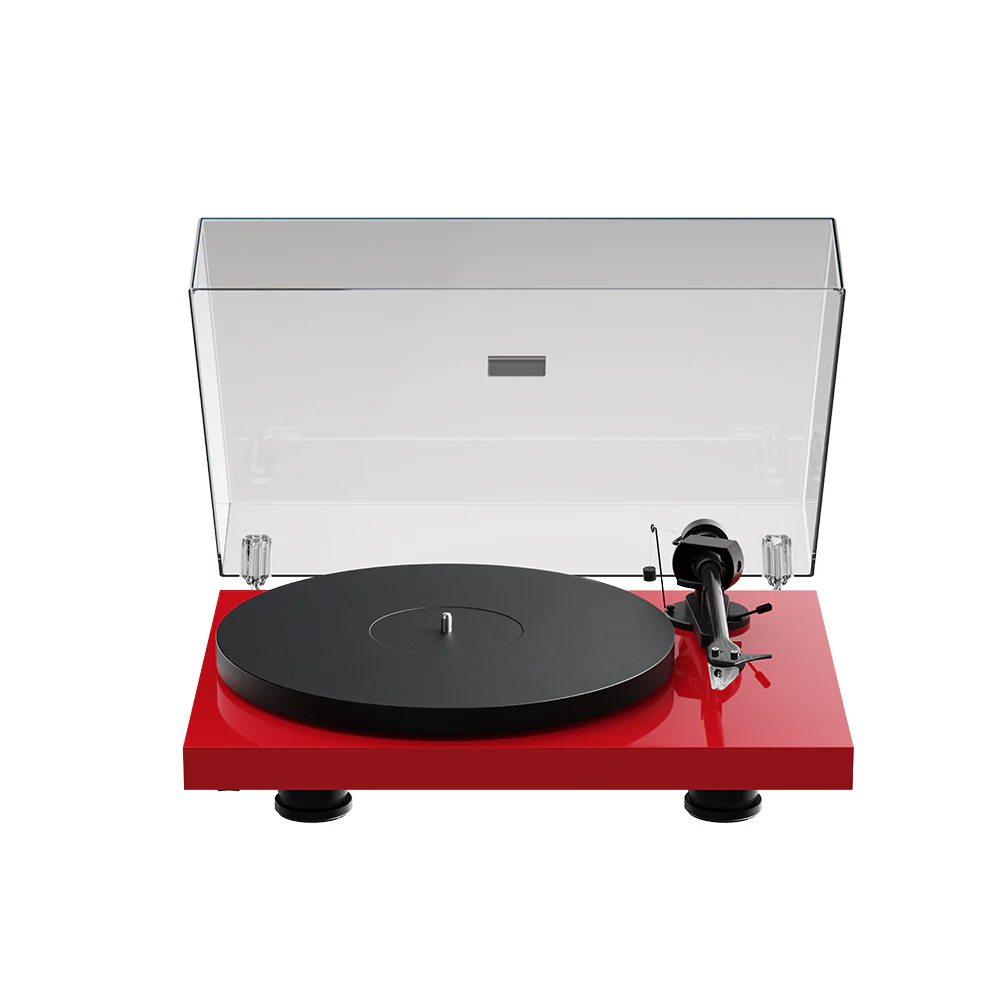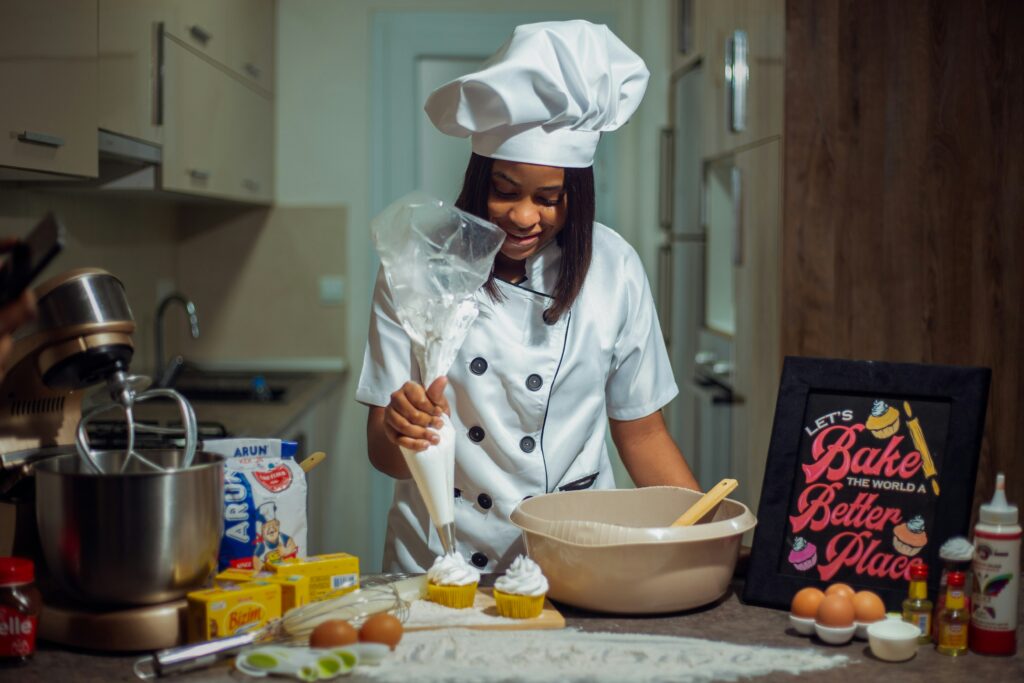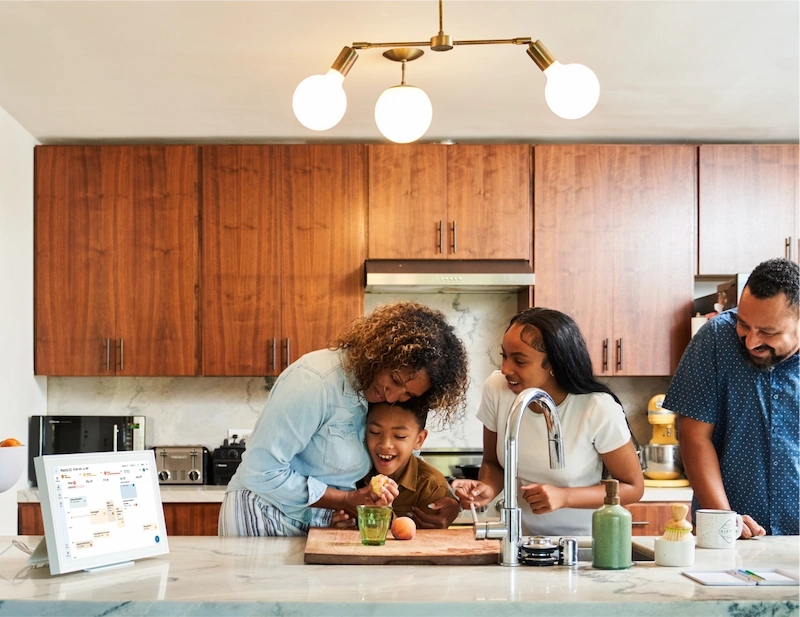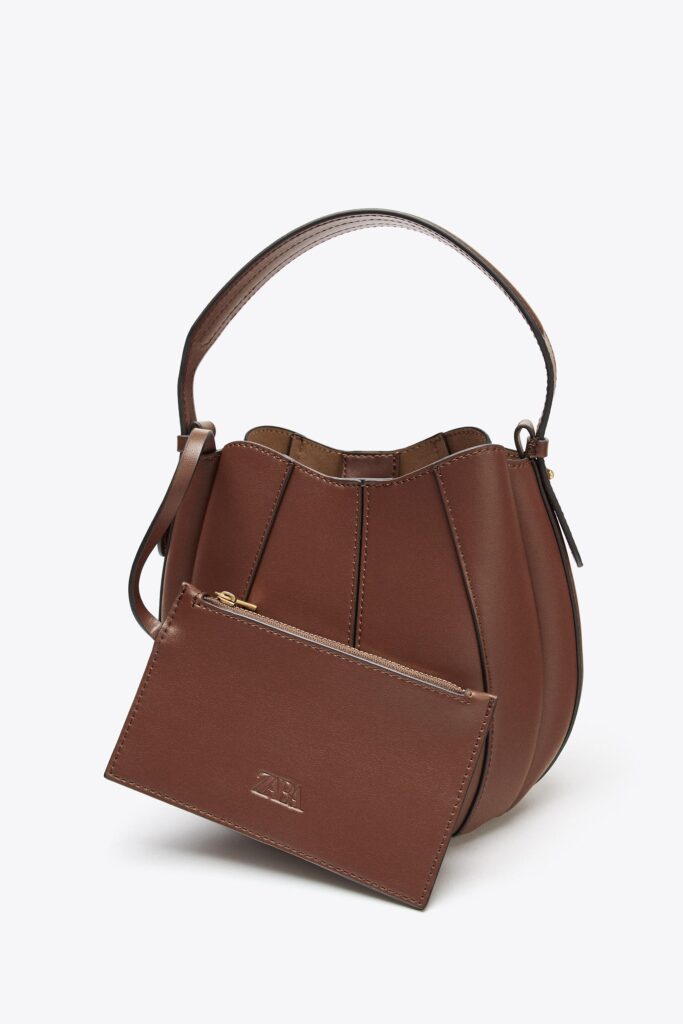Some toys entertain. Great toys invite kids to reach, try, listen, and try again. The LeapFrog Touch & Learn Wooden Activity Cube lives in that sweet spot between curiosity and calm—tactile enough for fidgety fingers, guided enough to spark early words and numbers, and sturdy enough to stand up to daily discoveries. It’s the kind of companion that sits out on a low shelf and keeps earning its space: short sessions before breakfast, five-minute resets after nap, mellow wind-downs before storytime.
In this article, we’ll show how to fold the LeapFrog Touch & Learn Wooden Activity Cube into your home rhythm without turning play into “projects.” You’ll get a simple first-week plan, age-smart ideas that scale from toddlers to preschoolers, gentle ways to grow language and number sense, and tips for siblings, storage, and classroom corners. We’ll keep it practical, warm, and focused on real life—no specs or price talk, just a parent-first walkthrough that helps play feel easy.
Shop LeapFrog Touch & Learn Wooden Activity Cube

Why this cube keeps attention longer
Kids stick with activities that answer their “what happens if…?” The LeapFrog Touch & Learn Wooden Activity Cube rewards that instinct with simple cause-and-effect: slide and a picture changes, press and a sound replies, turn and something somewhere else begins to move. Those micro-wins stack into confidence. Because each face of the cube offers a slightly different kind of invitation—look, listen, touch, solve—children can circle it like a mini museum, choosing the “exhibit” their mood needs. That autonomy is the engine of longer focus and calmer transitions.
Your first week (simple, repeatable, gentle)
Start small. The fastest way to make a new toy part of daily life is to introduce just enough structure to feel safe, and just enough freedom to feel fun.
- Day 1–2: Place the cube on a low mat. Sit beside your child, mirror their actions, and name them (“slide, press, turn”). Keep sessions to 5 minutes.
- Day 3–4: Add one playful prompt: “Can we find the cat? Can we make three clicks?” Celebrate noticing more than “getting it right.”
- Day 5–7: Pair the cube with a book or song—touch a picture, then find it in a board book; press a button, then sing the word in a simple tune.
The “feel” of each play face (without getting techy)
Think of the cube as four short stories, plus a top that ties them together. One side invites matching: a toddler slides a panel and sees an image change; you quietly label it and wait for a second slide. Another side nudges number sense: a dial turns with soft resistance, teaching “more/less” in the wrist as much as in the mind. A third side pairs touch with sound; your child presses, hears a word, and instinctively tries to echo it. The last face is for sequencing—little actions that ask to be done in order. Up top, a bead maze or track channels fidgets into focus, giving small hands a path to follow so thoughts can follow too. None of it demands perfection; all of it invites “one more try.”
Shop LeapFrog Touch & Learn Wooden Activity Cube
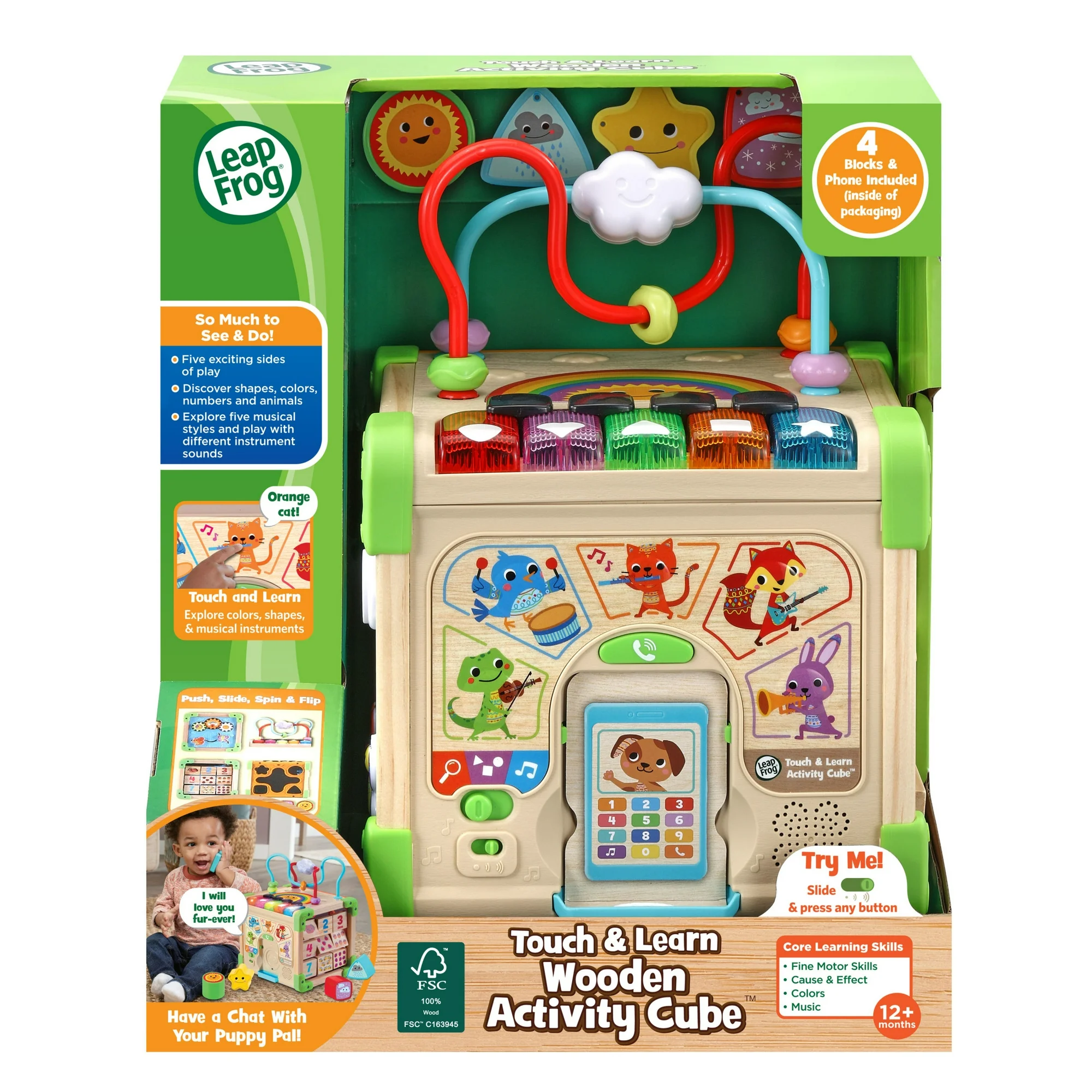
Language and number sense (woven into play)
You don’t need lesson plans to grow early literacy and numeracy. You need a few habits, repeated kindly. With the LeapFrog Touch & Learn Wooden Activity Cube, let the toy lead and your words follow. When your child touches a picture, echo the label slowly and clearly, then add one more word (“dog… brown dog”). When they press a number-prompted spot, count on your fingers at the same pace. Keep your voice light; curiosity loves soft landings. Over a week, those micro-moments add up to more confident naming, better listening, and early comfort with the rhythm of counting.
Mini prompts that work wonders:
- “I hear a sound—what do you think it means?”
- “Can you find the one that matches this picture?”
- “Let’s count together—ready, steady, go.”
For toddlers, preschoolers, and mixed ages
Toddlers thrive on predictability. Give them the same side of the cube for two or three days, then rotate it a quarter turn to feel “new.” Keep language spare and celebratory: “You slid it! Now it changed!” Preschoolers crave little missions. Ask for two-step challenges—“slide, then press”—and offer choices: “Animals or numbers first?” For siblings, trade roles every few minutes. One is the explorer (hands on the cube), the other is the narrator (names what they see). Swap on a timer; the predictability lowers grabbing and raises giggles.
Short lists for faster wins
A few slim lists go a long way—just enough structure to keep things moving without breaking the flow.
Quick refreshers when attention fades:
- “Same, same, different”—find two pictures that match, then one that doesn’t.
- “Slow, then fast”—turn a dial slowly while whispering, then quickly while clapping.
- “Three and free”—do exactly three touches, then a silly dance.
Calming cues for pre-nap play:
- Dim the room, lower your voice, and choose the quietest side.
- Match each touch with a breath (“press… breathe”).
- End with a soft “goodnight, cube” and a high-five.
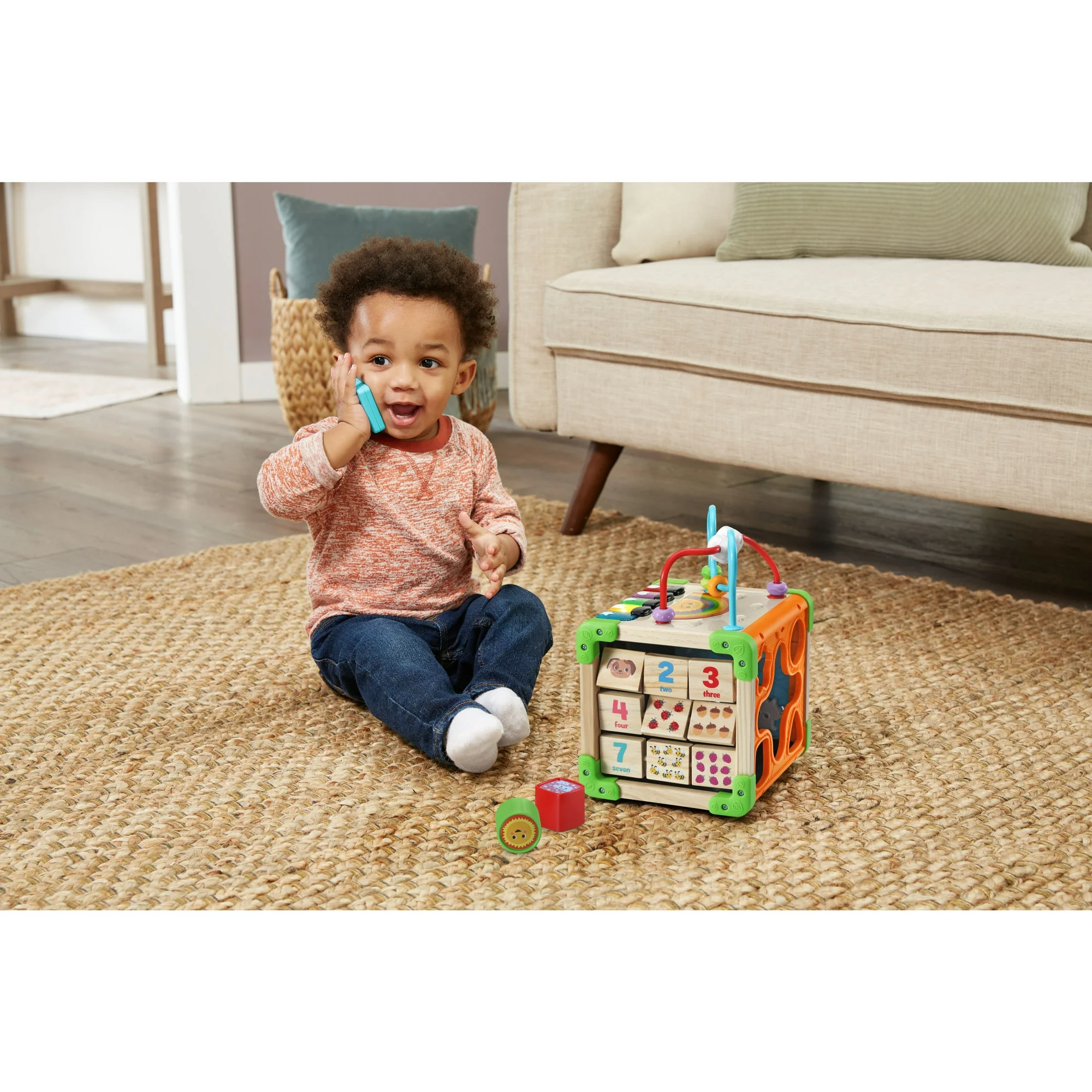
Pairing the cube with what you already own
You don’t need extras, but small pairings multiply the fun. A basket of chunky animals beside the LeapFrog Touch & Learn Wooden Activity Cube turns picture prompts into pretend-play worlds—touch the cow, then march the cow across the floor to its “barn.” A simple drum lets you “count with sound”: one press, one tap; two presses, two taps. A scarf becomes a “curtain” for peek-and-reveal games that make toddlers squeal and preschoolers practice patience. In each case, the cube starts the spark and household items keep the fire cozy.
Shop LeapFrog Touch & Learn Wooden Activity Cube
Where it lives and how that changes play
Placement matters. A toy on a crowded shelf is a toy that waits. Give the LeapFrog Touch & Learn Wooden Activity Cube a semi-permanent spot at child height, with space on all sides so kids can circle it. If you want it to whisper “calm,” park it near natural light and a soft rug; if you want it to cheer “energy,” place it in the main play zone. Rotate which face points forward every few days. That small change is the easiest “new toy” trick in parenting.
Gentle care, safety, and storage
Cubes take love and bumps in equal measure. Wipe with a soft, slightly damp cloth and dry immediately. Avoid soaking, which can warp wood and dull finishes. Do a quick fingertip check weekly: smooth any rough edges with a soft cloth, tighten loose feelable bits if the design allows, and retire play if anything feels off until you can address it. Store in the open, not a bin—the invitation is the value. If you need to reclaim space, slide it under a bench or beside a book basket so little eyes still find it.
Classroom and homeschool use (centers that work)
Teachers know that the best centers are short, repeatable, and self-guided. The LeapFrog Touch & Learn Wooden Activity Cube nails that brief. In a literacy corner, a child touches a picture, says the word, then finds it in a matching photo card. In math centers, students press or slide, then record the number on a mini whiteboard—no pressure, just practice. For movement breaks, assign three cube actions followed by one stretch; the pattern sets the tone, and the class returns to seats calmer than they left. Homeschoolers can fold the cube into morning time: one minute of touch-and-say, one quick count-along, then on to books.
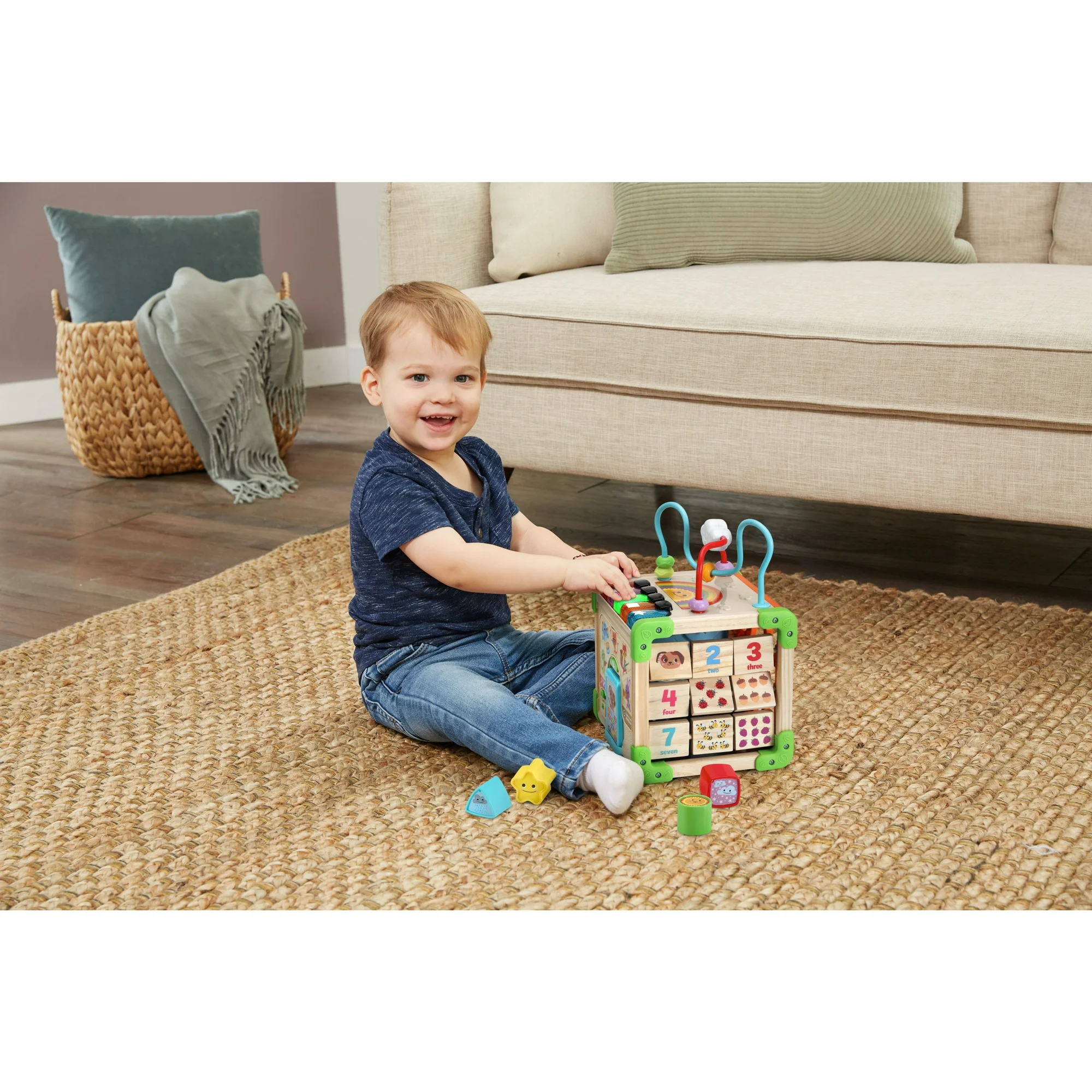
When play goes sideways (and how to make it a win)
Sometimes the cube becomes a drum; sometimes it becomes a mountain to climb. That’s your cue to pivot, not to stop. Turn “too much energy” into a game—“touch three things gently, then jump three times.” Turn frustration into a choice—“this side or that side?” If tears arrive, narrate the feeling and offer a reset: “It’s hard when the picture won’t change. Let’s breathe, then try a different one.” You’re teaching self-regulation without a lecture, and the cube is your co-teacher.
Conclusion
The LeapFrog Touch & Learn Wooden Activity Cube isn’t about mastering features; it’s about finding a rhythm—short, happy loops of touch, listen, name, and smile. Over days and weeks, those loops turn into stronger fingers, steadier attention, broader vocabularies, and calmer transitions. Keep sessions brief, keep language kind, and keep the cube where little hands can find it. The magic isn’t in what the toy does. It’s in what your child discovers they can do.
Shop LeapFrog Touch & Learn Wooden Activity Cube
FAQ
- How long should a typical session last?
Five to ten minutes is perfect—just enough for a few wins and a smooth transition to books, snacks, or outdoor play. - What’s a simple way to grow language without “teaching”?
Echo your child’s touch with a label and one extra word: “cat… sleepy cat.” Keep tone gentle so curiosity leads. - Can siblings use it without fighting?
Yes. Set a timer and swap roles: explorer (hands on the cube) and narrator (names what they see). Predictability keeps peace. - How do I keep interest high over time?
Rotate which face points forward, pair with a basket of animals or a scarf, and change the micro-mission (“find three,” “match and move”). - Is it okay right before nap?
Choose the quietest face, dim the room, and pair each touch with a breath. End with a soft “goodnight, cube.” - What if my child just wants to press the same thing?
Follow their lead, then invite a tiny twist: “Same button, but whisper while you press.” Variety without pressure keeps agency intact. - How does it help with early math?
Turning dials and pressing number prompts pairs movement with counting. Fingers learn “more/less” while ears hear the rhythm of numbers. - Any classroom tips?
Use as a quick center: touch-and-say, then record on a mini board. Keep lines short, roles clear, and transitions cheerful. - How should I clean and store it?
Wipe with a damp cloth, dry immediately, and store in plain sight at child height so the cube keeps inviting play. - What language helps when things tip into frustration?
Try “What’s your plan?” or “Which side should we try next?” Solution-focused words steady emotions and restart curiosity.

